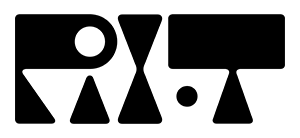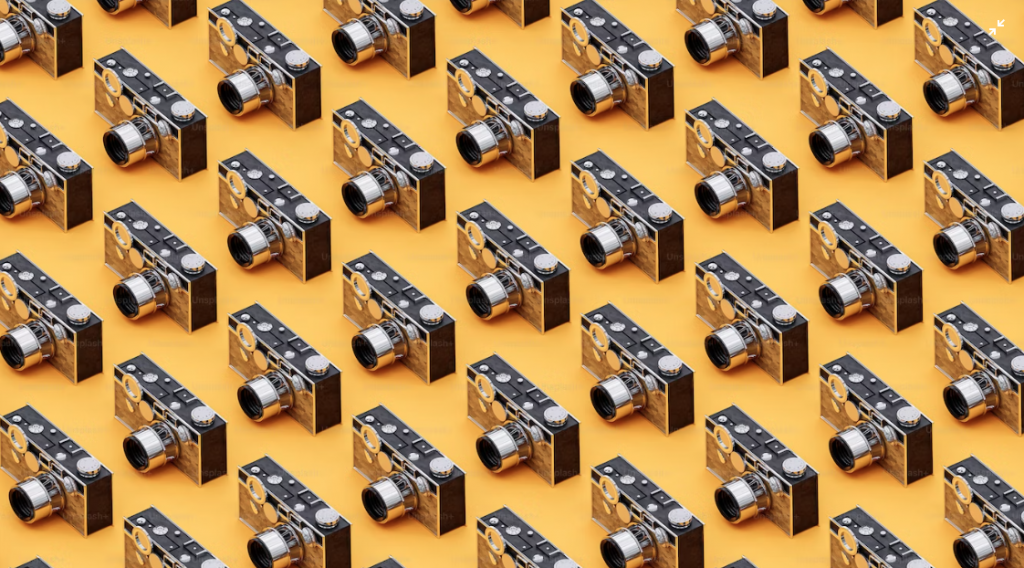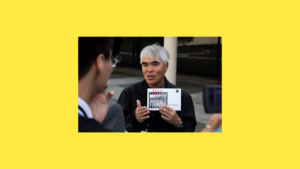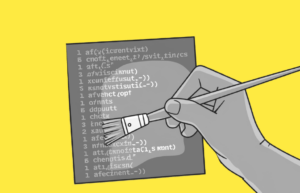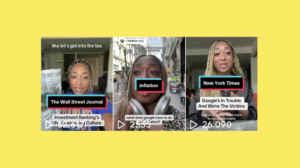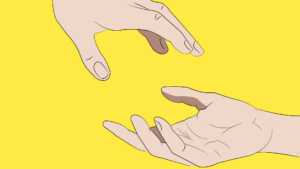Midjourney, Dall-E 2, Stable Diffusion, Google’s Imagen … The rocketing rise of artificial intelligence-powered softwares is disrupting the world of images, transforming the way we create, edit, and analyze them.
The photography industry is no stranger to artificial intelligence. For some time now, photographers, photo editors and other visual content producers have been using AI-powered solutions to automatically tag and categorize images. As the technology advanced, its use became more far-reaching, with tools allowing users to enhance photos and modify them — removing unwanted elements from an image or adding entirely new ones, which has led to concerns about the ethics of photo manipulation.
In recent months, the rise of softwares like Midjourney, Dall-E 2, Stable Diffusion, or Google’s Imagen, has made it possible to create images from scratch, leading to troublingly realistic results that blur the frontier between what’s AI-generated and what’s real.
From flagging to banning
As a recent article by French daily Le Monde points out, the fact that media outlets have seized on this tool is also not reassuring. For example, on March 26, Le Figaro used Midjourney to illustrate an online article, before reversing course the next day and replacing it with a photo. The Swiss daily Blick, started specifying under some of their photos that “none of the people appearing in this photo generated by artificial intelligence exist.”
Others, like French newspapers Libération and Le Monde, decided to altogether forbid the use of AI-generated images in their publications, except for articles strictly related to AI.
The high quality of recent AI-generated images is considered “catastrophic” economically, in the words of Stephanie Le Cam, director of France’s League of Professional Authors. “AI risks giving rise to a kind of ‘fast creation,’ similar to the ‘fast fashion’ in the fashion industry: the prices will be pulled down. Customers will ask why they should pay 500 euros for a book cover when, with a 20-euro monthly subscription to a software, they can illustrate their entire collection.”
Another article by the Italian weekly Internazionale also raises the same concerns in relation to the idea of art. By outgrowing figurative art and the explosion of conceptual art, it could be argued that even with the improvement of software such as Midjourney, the artist would still be the one giving the commands. But can we say that the artist is really just that? And what about all those whose works are used to instruct AI without their consent?
Much-needed regulation
Among huge image archives, opposing strategies are also emerging. Getty Images announced in September 2022 that it would refuse to store photographs created with an AI, while Shutterstock has entered into a partnership with OpenAI from 2021: the image bank allows the training of Dall-E software on its database and makes the image generator available to its customers.
“On Midjourney, I found 22,000 entries for images bearing my name,” lamented illustrator Jean-Baptiste Monge on Facebook. This illustrator is a member of Egair, a collective of professionals who plead for a “regulation” and the prohibition of the training of software on images without the authors’ “consent”.
